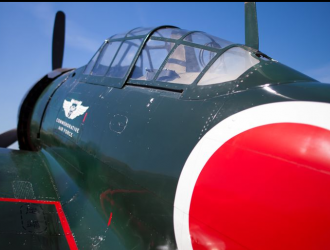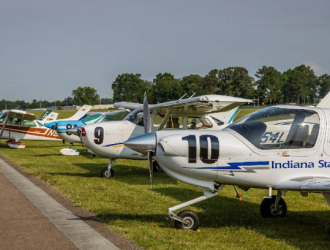
The J-15 is a derirative of the Sukhoi Su-33 and first flew six years ago. Chinese media reported that production of the first batch of J-15s ended earlier this month. Chinese analysts estimate that it will take two to three years to fit out the new carrier and conduct sea trials. This will give Shenyang Aircraft Corporation and the various development institutes a timeline to complete trials and start production of new versions of the J-15, such as the J-15B, J-15D and J-15S.
Since 2013, there have been photos surfacing of the twin-seat J-15, known as the J-15S (“Shuang,” or “twin”). It is understood that there might be about two to three J-15S airframes. Although no flight has been reported in recent years, Chinese analysts believe that the J-15S project is very much alive, as the twin-seat platform is crucial for the range of carrier air wing capabilities. These would include training, strike and even electronic warfare (with the latter version reported to be designated the J-15D).
More recently, there have been reports of a J-15B variant, which is a single-seat J-15 equipped with a Chinese active electronically scanned array (AESA) radar. The AESA is said to have detection range of beyond 170 km(approximately 106 miles). Analyst Cao Weidong said until the maturity of China’s catapult technology to deploy early warning aircraft, the J-15B will be extremely crucial in giving the carrier group enhanced air and surface pictures.



